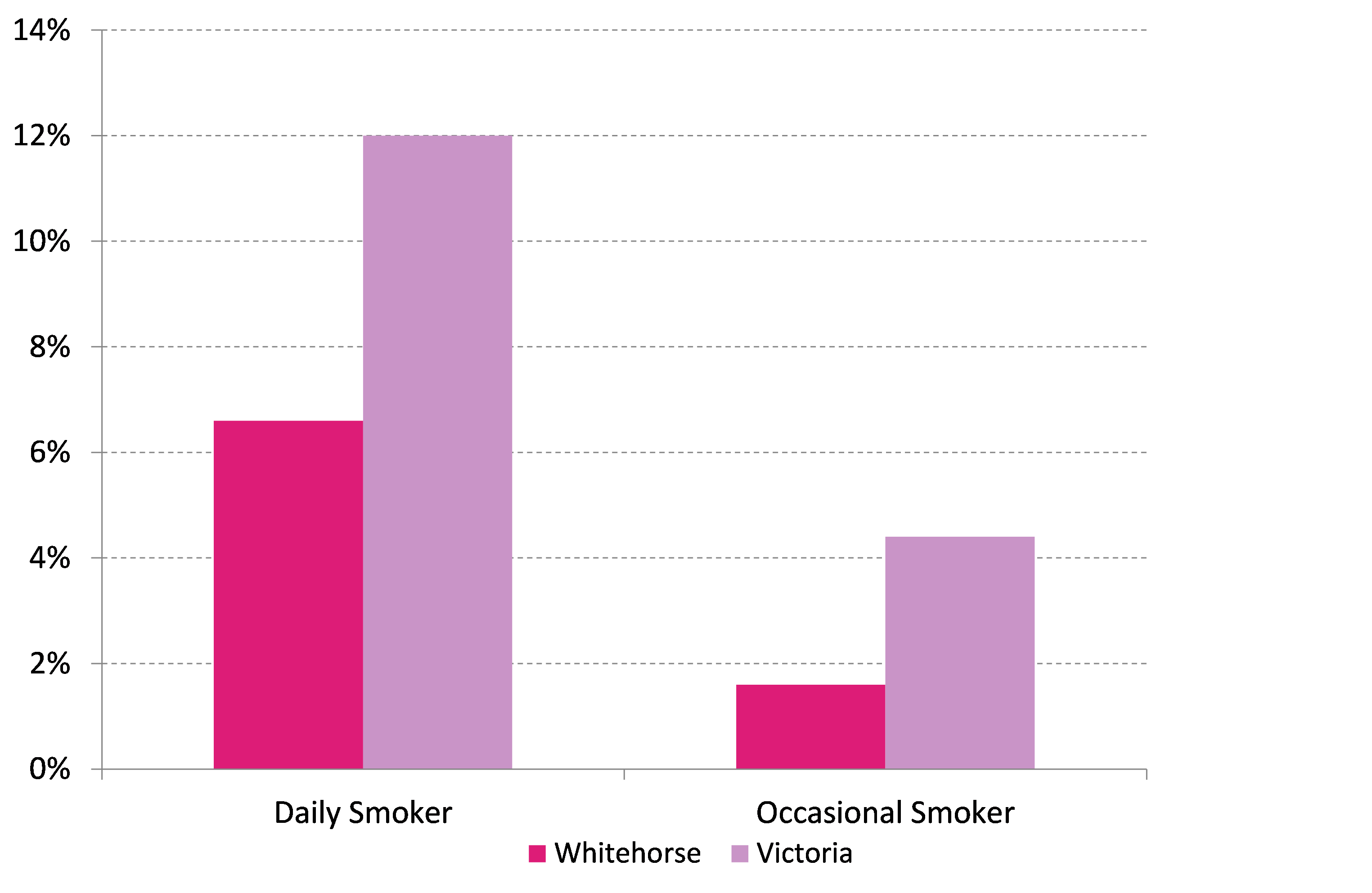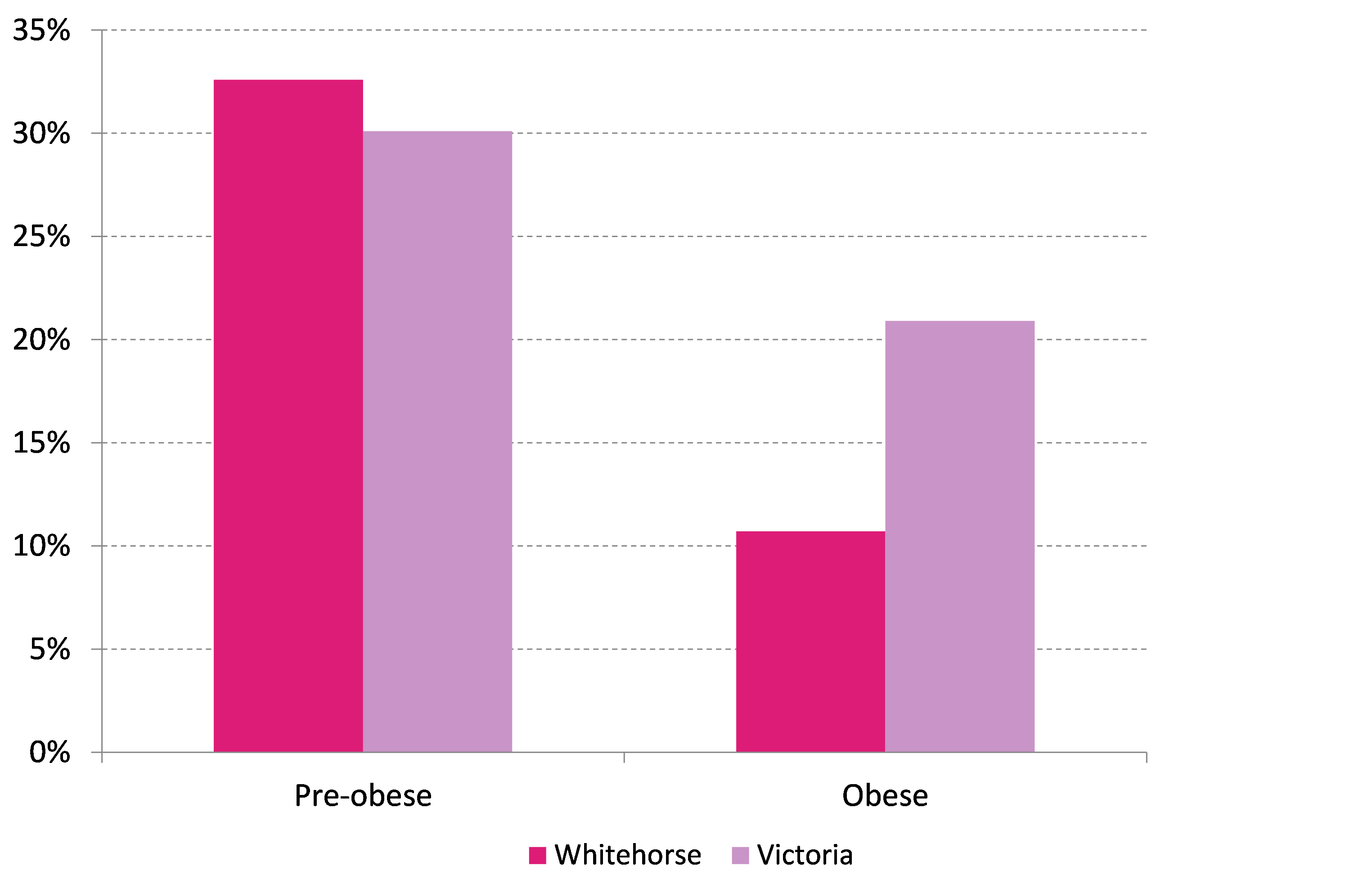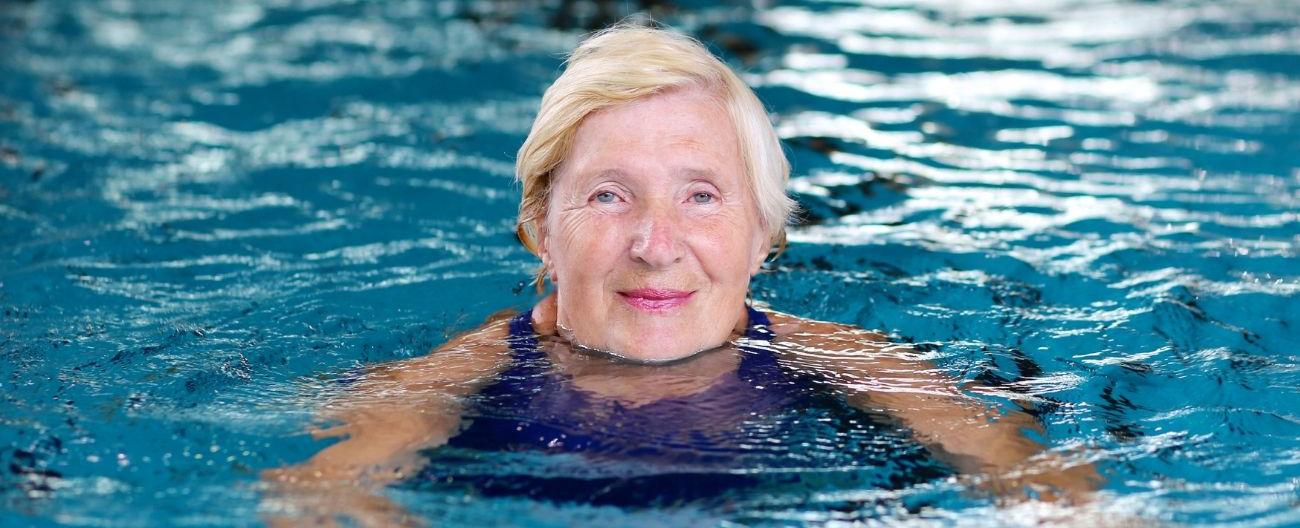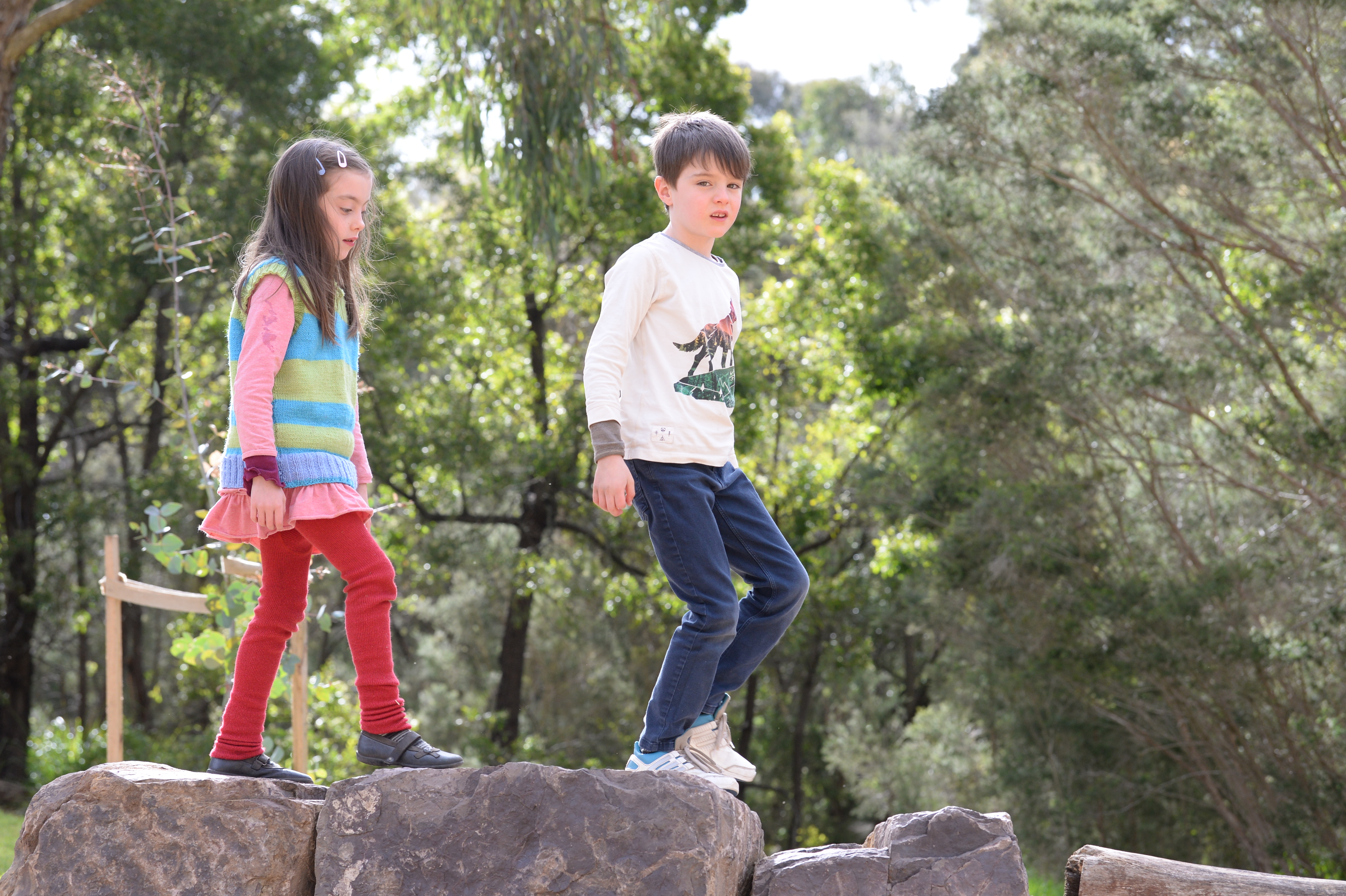This page provides statistical information about a range of social and wellbeing related themes in the City of Whitehorse. The main data sources for this page are the 2020 Victorian Population Health Survey and the Department of Health and Human Services 2023 Local Government Area Profiles.
Life Expectancy
Life expectancy at birth for male residents in the Inner East of Melbourne was estimated at 85 years and 87.6 years for females (for 2019-2021). The Victorian equivalents were 81.7 and 85.7 years respectively. Whitehorse has experienced higher life expectancy than the State average since the Department of Human Services started collecting data in 1997. Life expectancy has increased over this time.
Self Reported Health
Self-reported health was measured in the 2017 Victorian Population Health Survey. Respondents were asked to rate their health as excellent/very good, good, fair or poor:
- 44.0 per cent of persons living within Whitehorse reported that their health was either excellent or very good. This is higher than Victoria at 40.5 per cent.
- 22.3 per cent of persons reported that their health was fair or poor which was slightly higher compared to Victoria at 21.4 per cent.
Mental Health
In 2020, 24.1 per cent of people in Whitehorse reported high or very high levels of psychological distress. This is similar to the Victorian average of 23.5 per cent.
The largest proportion of males with very high levels of psychological distress occurred among those who reported not completing high school; were unemployed or not in the labour force; and those who reported a total annual household income less than $40,000.
The largest proportion of females with very high levels of psychological distress occurred among those who reported not completing high school; were unemployed or not in the labour force; and those who reported a total annual household income less than $40,000.
Smoking

The 2020 Victorian Population Health Survey found 6.6 per cent of people in Whitehorse identify as daily smokers. This is significantly lower than the Victorian average of 12.0 per cent. Figure 1 depicts smoking status for residents in Whitehorse as compared to Victoria.
Alcohol Consumption
The Australian Guidelines to Reduce Health Risks from Drinking Alcohol specify the risks of alcohol related harm by level of alcohol consumption. Lifetime risk of alcohol-related harm attempts to measure the risk associated with developing an illness such as cirrhosis of the liver, cognitive problems, various cancers and alcohol dependence. In Whitehorse, 55.3 per cent of adults have an increased lifetime risk of alcohol-related harm, similar to the Inner Eastern Melbourne Area (55.2 per cent) and less than the Victorian average (59.5 per cent).
Obesity

Being overweight (pre-obese) or obese is an important risk factor for developing type 2 diabetes, cardiovascular disease, hypertension, certain cancers, sleep apnoea and osteoarthritis. It is typically measured by calculating a person’s Body Mass Index (BMI) which is their weight in relation to their height. In 2020, 32.6 per cent of adults in Whitehorse were overweight or pre-obese and 10.7 per cent of adults were obese, compared to the Victorian averages of 30.1 per cent and 20.9 per cent respectively.
Fruit and Vegetable Consumption
In 2017, 3.5 per cent of adults in Whitehorse met the 2013 Australian fruit and vegetable consumption guidelines. This is very similar to the Victorian average (3.6 per cent). A total of 48.7 per cent of people did not meet either the fruit or vegetable consumption guidelines (47.8 per cent in Victoria).
| Met Guidelines | |||||
|---|---|---|---|---|---|
| Fruit % | Vegetable % | Fruit & Vegetable % | |||
|
Whitehorse 42.6 |
Victoria 43.2 |
Whitehorse 5.3 |
Victoria 5.4 |
Whitehorse 3.5 |
Victoria 3.6 |
Physical Activity
Physical activity status was measured in the Victorian Population Health Survey 2017 by identifying adults who are sedentary, undertake insufficient physical activity (<150 min and/or <2 sessions per week), and sufficient physical activity (>150min and >2 sessions per week). In Whitehorse, 48.8 per cent of people undertake sufficient physical activity, slightly less than the Victorian average of 51.1 per cent.
The proportion of adults who spent seven or more hours sitting on an average weekday (during the preceding week) is slightly higher in Whitehorse (29.3 per cent) compared with all Victorian adults (26.5 per cent).
Gambling
As at 30th June 2023, Whitehorse has 431 Electronic Gaming Machines (EGMs) in six venues across the municipality (refer Table 2). In 2022/23 the net expenditure (i.e. losses) on EGMs in the City of Whitehorse was $56.1 million or $402 per adult.
| Venue | Suburb | EGMs | Venue Type | Expenditure 2022-2023 |
|---|---|---|---|---|
| Blackburn Hotel | Blackburn | 66 | Hotel | $8,256,220 |
| Box Hill Golf | Box Hill | 39 | Club | $2,415,127 |
| Box Hill RSL | Box Hill | 103 | Club | $9,263,134 |
| Burvale Hotel | Nunawading | 73 | Hotel | $11,535,344 |
| Mitcham Hotel | Mitcham | 60 | Hotel | $6,463,268 |
| The Chase Hotel | Forest Hill | 90 | Hotel | $18,181,458 |
Source: Victorian Commission for Gambling and Liquor Regulation (2023), ‘Monthly LGA EGM Statistics’.
Volunteering
Volunteering was measured in the 2021 Census. Respondents were asked if they had volunteered in the previous 12 months. More than 1 in 10 persons in Whitehorse reported they had volunteered (15.5 per cent), compared with 12.1 per cent for Victoria.
Links
For more information about health and wellbeing please refer to:



